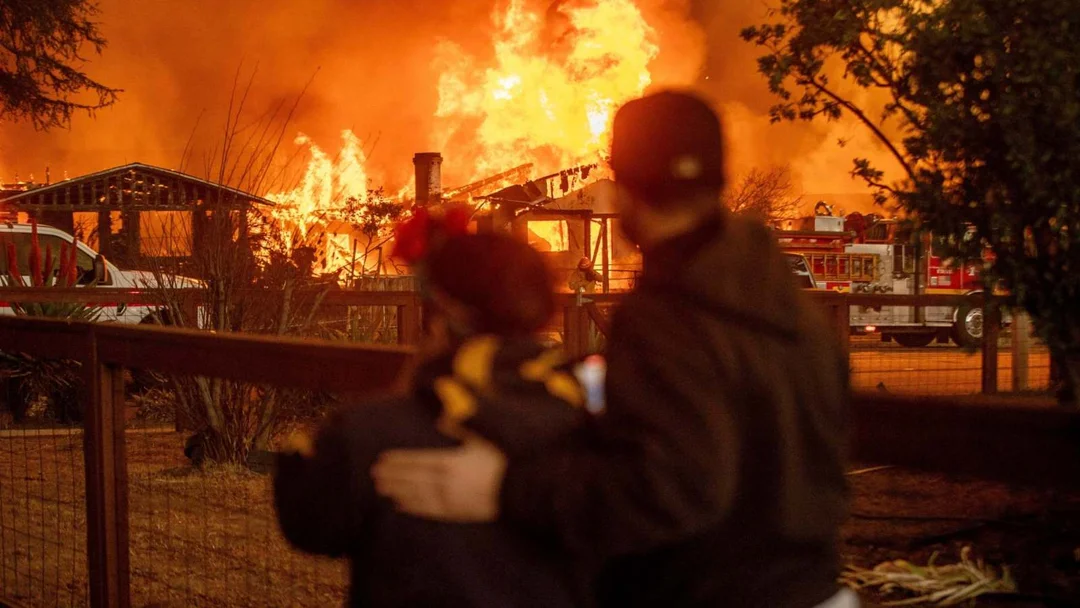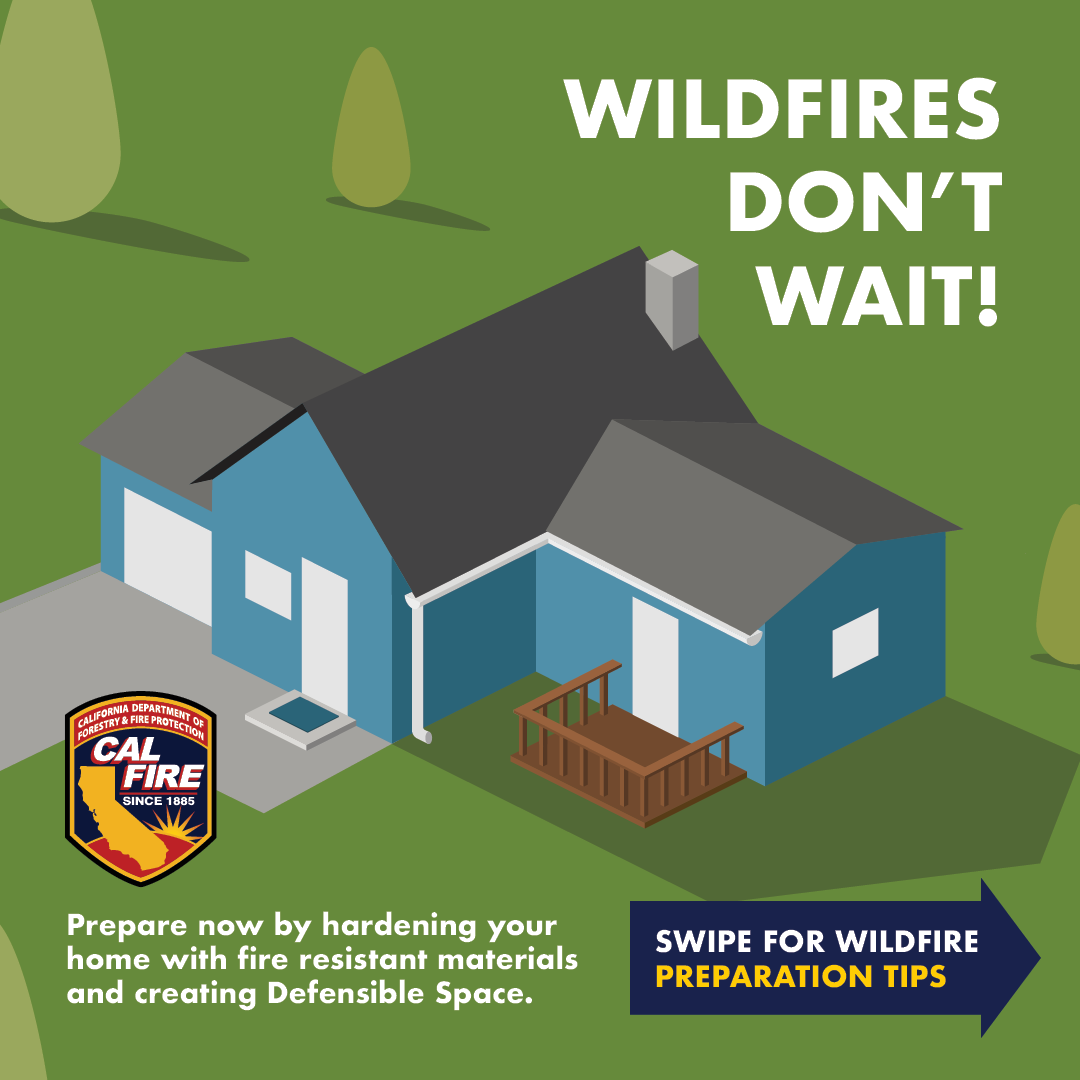
California Ramps Up Wildfire Defense With New Campaigns, Advanced Technology, and Urgent Warnings
As California approaches what experts warn could be an especially perilous wildfire season, the state is pulling out all the stops—from massive public preparedness campaigns to deploying sophisticated firefighting aircraft. The stakes are high: after a year that began with record-breaking fires in Los Angeles and mounting concerns over climate volatility, officials, experts, and frontline responders are calling for urgent, widespread action to protect homes and communities.
Leading the charge is CAL FIRE's newly launched wildfire preparedness initiative, which urges Californians to "start at the house and work your way out." This campaign emphasizes two proven strategies essential for survival: home hardening—installing fire-resistant roofs, sealing vents and cracks, removing combustible materials—and creating defensible space, specifically a five-foot ember-resistant buffer called "Zone 0" around every structure. Outreach efforts are flooding digital and physical spaces statewide, with materials delivered in multiple languages to reach at-risk populations in the Wildland Urban Interface.

This proactive stance comes on the heels of severe wake-up calls: January’s Eaton and Palisades fires, ranked as the state’s second and third most destructive, ravaged 20,000 acres, obliterated thousands of structures, and displaced entire neighborhoods. These were not isolated incidents, but symptoms of compounded issues—including climate change, mismanaged forests, outdated infrastructure, and years of environmental neglect. "It’s not something we can simply move past—it’s time for lasting change," environmental project manager Daniel Ramírez wrote, echoing a growing consensus among experts and community organizers.
To bolster frontline efforts, CAL FIRE is also showcasing remarkable technological advancements. This year, it unveiled its second retrofitted C-130 Hercules air tanker—one of seven powerful aircraft acquired from the U.S. Coast Guard and equipped to drop up to 4,000 gallons of fire retardant per mission. These ‘Hercules’ tankers are positioned across key regions and represent the world’s largest aerial firefighting fleet. Fire officials say their deployment is crucial as meteorologists predict another summer of hotter-than-normal temperatures and abundant dry grasses left by a wet winter—prime fuel for fast-moving blazes.
But as the state doubles CAL FIRE’s budget to $4 billion, invests heavily in technology, and sharpens its communication strategy, the root challenges remain stark. Wildfires today are driven by a volatile mix: climate change producing longer dry seasons and more intense heat, years of forest overgrowth from inadequate controlled burns, unreliable water resources, and electrical grids unfit for disaster-prone regions. "Climate whiplash"—the cycle of rapid swings between drought and heavy rain—only deepens the risk. As fire officials and scientists stress, the scale of the problem demands action not just from agencies but from every resident. "Ninety-five percent of fires are human-caused—being proactive is a huge benefit," says Lynne Osgood, fire marshal in the Novato Fire Protection District.
With the threat growing, the new calls to action feel both urgent and unprecedented. Californians are challenged to rethink routine home maintenance, to heed evacuation alerts, and to support smarter environmental policy. The tools are available—from firePLANNER apps to heavy-lift aircraft—but officials warn that without public buy-in and bold planning, history could repeat itself with devastating results.
As Governor Newsom said, “Now is the time to act. Start at the house and work your way out.” The question lingers: Will California’s united push for preparedness and innovation be enough to avert another year of tragedy?
Have you taken steps in your home or neighborhood to prepare for wildfire season? Share your strategies, experiences, and thoughts in the comments below.